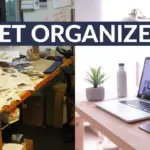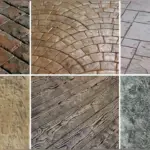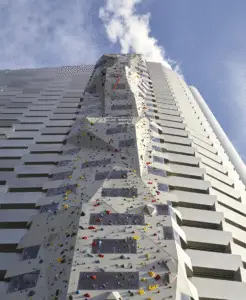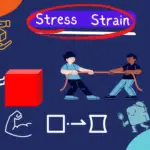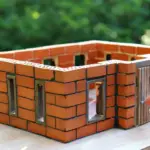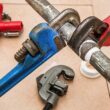In the realm of construction, selecting the right cladding material is crucial for durability, aesthetics, and environmental sustainability. Cement boards are becoming increasingly popular in Saudi Arabia due to their robust properties and versatility. This article explores how they compare with other common cladding materials.
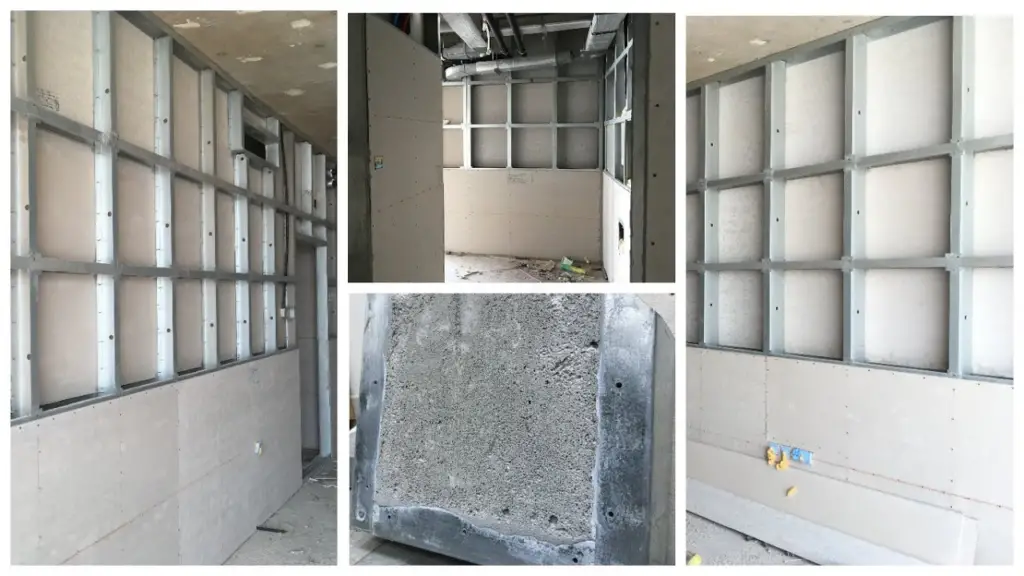
Comparison Criteria
Durability
Cement boards are known for their exceptional durability compared to traditional materials like wood, which can deteriorate under extreme weather conditions typical in Saudi Arabia. Unlike metal, which may corrode, or vinyl, which can warp under high temperatures, cement boards maintain structural integrity over time.
Cost-Effectiveness
While the initial cost of cement boards might be higher than some alternatives, their longevity and minimal maintenance requirements offer long-term savings. Other materials might require frequent replacements or treatments, adding to their overall cost footprint.
Installation
Installing cement boards is straightforward, requiring similar tools and techniques as other materials but offers better handling during the hot, dry conditions often found in Saudi. This ease of installation reduces labor costs and time, making it a cost-effective choice for large projects. For such installations, ensuring the safety and efficiency of the construction process is paramount, which is where Saudi Scaffolding Factory can provide indispensable support. Their range of scaffolding services facilitates safe and efficient installation of cladding materials, even in complex or high-rise constructions.
Environmental Impact
Cement boards stand out in the Saudi market as an environmentally preferable option. They are made from sustainable materials, unlike vinyl which is petroleum-based, and offer better energy efficiency in buildings due to their insulating properties.
Advantages of Cement Boards
Cement boards offer several Saudi-specific advantages such as high resistance to moisture and heat, crucial in the local climate. They are also fire-resistant, providing an added safety layer in commercial and residential buildings.
Limitations of Cement Boards
Despite their benefits, cement boards are heavier than some materials, which might complicate installation without proper equipment. They also have limited aesthetic variations compared to materials like wood.
Emerging Trends
Innovation in the construction material sector continues to evolve, with a focus on enhancing the environmental benefits and reducing the cost of cement boards. The market is seeing a shift towards more sustainable practices, aligning with Saudi Arabia’s 2030 Vision & sustainability goals.
Types of Siding:
- Fiber cement: This is the most fire-resistant type of siding and is also very durable. It is a good choice for homeowners who are looking for a low-maintenance siding option.
- Engineered wood: This type of siding is less expensive than fiber cement, but it is not as fire-resistant. It is a good choice for homeowners who are looking for a more affordable option.
- Cedar: Cedar is a beautiful type of siding, but it is also the most expensive option. It requires a lot of maintenance and is not very fire-resistant.
- Vinyl: Vinyl is the least expensive type of siding, but it is also the least durable. It is not a good choice for homeowners who are looking for a long-lasting siding option.
Siding Material Comparison:
Cedar:
Pros: Beautiful natural look, with a variety of colors and textures to choose from, giving your house a unique and rustic look. Cedar is also a naturally insulating material, which can help to improve your home’s energy efficiency.
Like Us on Facebook!
Cons: Expensive, requires regular maintenance, such as staining or sealing, to protect it from the elements. Cedar is also susceptible to rot and decay, especially if it is not properly maintained.
Subscribe Us on YouTube!
Vinyl:
Pros: Inexpensive, easy to install, and comes in a wide variety of colors and styles. Vinyl siding is also low-maintenance, requiring only occasional cleaning with soap and water.
Cons: Melts easily under heat, not recyclable, and not aesthetically pleasing to some people. Vinyl siding can also become brittle and crack over time, especially in extreme weather conditions.
Engineered wood:
Pros: Affordable, relatively easy to install, and comes in a variety of styles that can resemble wood or other materials. Engineered wood siding is also more resistant to rot and decay than cedar.
Cons: Prone to rot and decay if exposed to moisture, may contain harmful silica dust that requires safety precautions during cutting and installation.
Fiber cement:
Pros: Fire-resistant, durable, requires minimal maintenance, and comes pre-painted or pre-stained. Fiber cement siding is also available in a variety of styles that can resemble wood, stone, or other materials.
Cons: Requires safety precautions during cutting due to silica dust, slightly more expensive than engineered wood.
Conclusion
Cement boards are a reliable, cost-effective, and environmentally friendly option for cladding in Saudi Arabia, suitable for a variety of building types. They offer significant advantages over traditional materials, making them a smart choice for future-proofing constructions within the region.
This overview provides a detailed comparison useful for construction professionals and investors in the Saudi Arabian market looking to make informed decisions about cladding materials.


